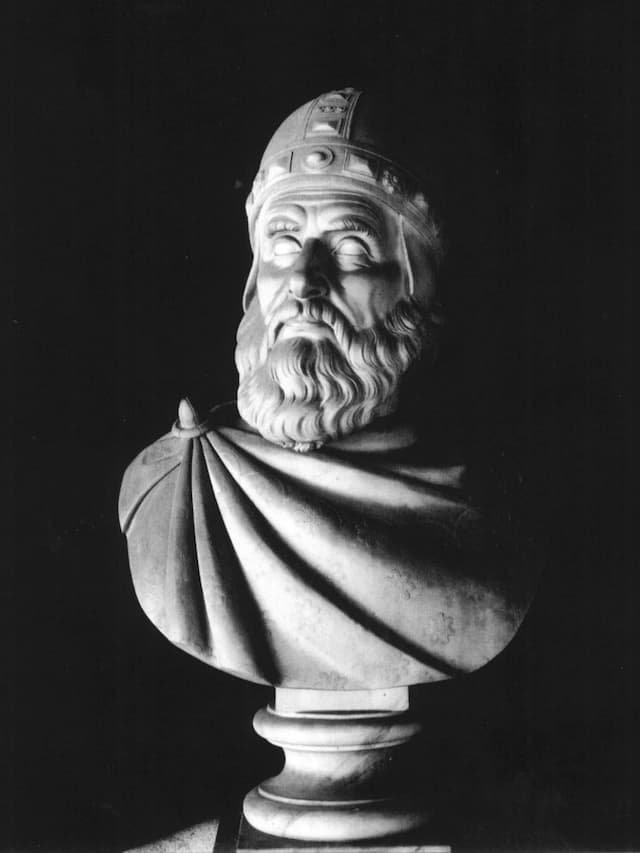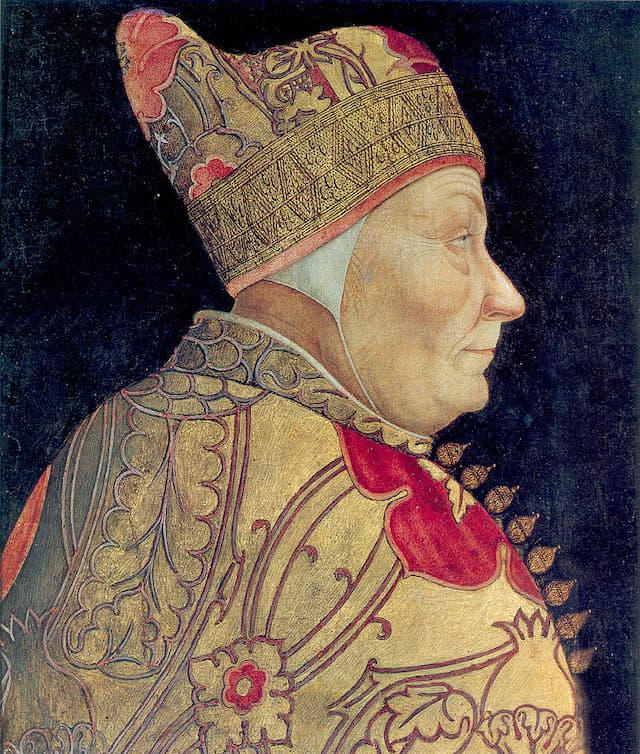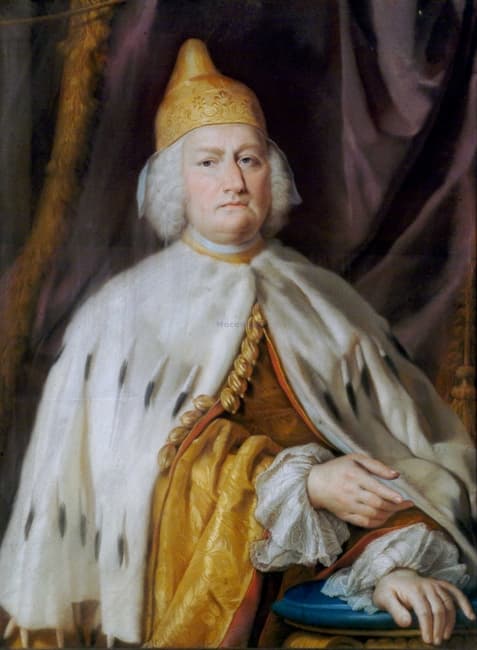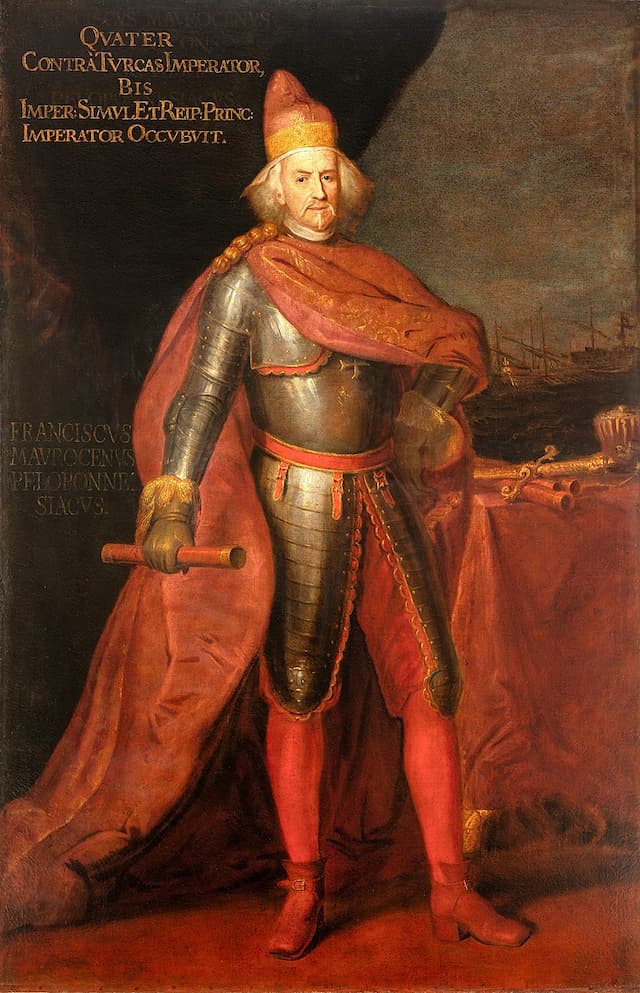Welcome to Venice Insider Guide, where we take you on a journey through the history and culture of the city we love. Today, we're delving into the world of the Doges of Venice, the influential leaders who shaped the Serenissima Republic for centuries.
From the origin of the word "doge" to the most important and influential leaders, we'll take you on a journey through the fascinating history of these powerful figures.
The Origin of the Word "Doge" and its Meaning in Venice

The word "doge" comes from the Latin word dux, meaning leader or commander.
In Venice, the doge was the elected leader of the Serenissima Republic, serving as both the head of state and head of government.
The doge was elected for life and was responsible for the city's defense, foreign affairs, and the administration of justice.
The History of the Doges in Venice
The first doge of Venice was elected in 697 (Paolo Lucio Anafesto), and the office continued until the fall of the Venetian Republic in 1797.
Over the centuries, the doges played a crucial role in the city's history, overseeing the growth of Venice as a maritime power and establishing its unique political and social system.
The power of the doges was not absolute, however, as they were constantly checked by the Venetian nobility and the various councils that made up the Serenissima Republic.
The Most Important and Influential Doges of Venice
Enrico Dandolo, the great leader during the Crusades

Enrico Dandolo (1192-1205) is widely considered one of the most important doges in Venice's history, as he oversaw the Fourth Crusade and played a crucial role in the city's rise to power in the Mediterranean.
He was born in Venice in 1107 into one of the city's leading noble families.
He became doge in 1192 at the age of 85, and his reign was marked by his leadership during the Fourth Crusade. Dandolo played a key role in persuading the crusaders to divert their campaign to Constantinople, where they sacked the city and installed a Latin emperor. This allowed Venice to gain significant power and influence in the eastern Mediterranean and establish colonies and trading posts throughout the region.
Despite being blind in old age, Dandolo remained an effective leader, using his other senses to navigate Venice's complex political landscape. He died in 1205 and was buried in the Hagia Sophia in Constantinople, which had been converted to a Catholic church after the Fourth Crusade.
Francesco Foscari, the longest reign in the history of the city

Francesco Foscari was elected doge in 1423 and served until 1457, overseeing a period of great prosperity and cultural advancement in Venice. During his reign, the city established a strong trading network and saw the construction of several important public works projects, including the Rialto Bridge and the Arsenale shipyards.
However, Foscari's reign was also marked by political intrigue and controversy, including the imprisonment of his own son, Jacopo, who was accused of corruption and treason.
The incident caused public outrage and led to Foscari's eventual downfall and exile from Venice.
He also went down in history for giving his surname to the building that is now home to the Cà Foscari University of Venice.
Leonardo Loredan, the skilled diplomat

Leonardo Loredan became doge in 1501 during a period of great turmoil in Venice, including the rise of the Ottoman Empire and the formation of the League of Cambrai, a coalition of European powers that threatened the republic's existence.
Loredan was a skilled diplomat who helped Venice navigate the complex political landscape of Renaissance Europe, forming alliances with other city-states and negotiating peace treaties with the Ottomans.
During his reign, Venice also saw a cultural and artistic renaissance, with the birth of the Venetian Renaissance style of painting and the construction of several notable buildings, including the Palazzo Loredan.
Loredan died in 1521, leaving behind a legacy as one of the most successful doges in Venice's history.
Alvise Mocenigo IV, the patron of the art

Alvise Mocenigo IV (1763-1778) oversaw a period of economic and cultural growth in Venice, but his reign was also marked by political instability and tension with the Holy Roman Empire.
He became doge in 1763 during a period of economic and cultural growth in Venice.
During his reign, the city saw the expansion of its trading network and the construction of several important public works projects, including the Teatro La Fenice. Mocenigo was also known for his support of the arts and sciences, and he was a patron of several prominent artists and musicians.
However, his reign was also marked by political instability and tension with the Holy Roman Empire, which led to the War of the Bavarian Succession. Mocenigo died in 1778, leaving behind a mixed legacy as a doge who oversaw both prosperity and conflict in Venice.
Francesco Morosini, the military leader

Francesco Morosini became doge in 1688 and was a successful military leader who oversaw Venetian campaigns in Greece and the Aegean, solidifying the republic's position as a Mediterranean power.
During his reign, Venice was able to establish control over several key islands and cities in the region, including Corfu and Athens.
Morosini was known for his strategic thinking and military prowess, and he was able to successfully defend Venice against several attacks, including the Ottoman siege of Candia.
However, his campaigns were also marked by controversy, including the looting of Constantinople and the destruction of several historic buildings in Athens. Morosini died in 1694, leaving behind a complicated legacy as a doge who helped secure Venice's position as a major power, but whose actions also caused significant damage to cultural heritage sites.
We hope you've enjoyed learning about the important Doges of Venice and their role in shaping the city's history.
From Enrico Dandolo to Francesco Morosini, these influential leaders left their mark on the Serenissima Republic and helped make Venice the unique and fascinating city it is today.
If you're planning a trip to Venice, be sure to visit the Palace where the Doges actually spent their lives and other historic sites to immerse yourself in the city's rich history.
And stay tuned for more insider tips and guides from Venice Insider Guide.
Grazie mille for reading!




